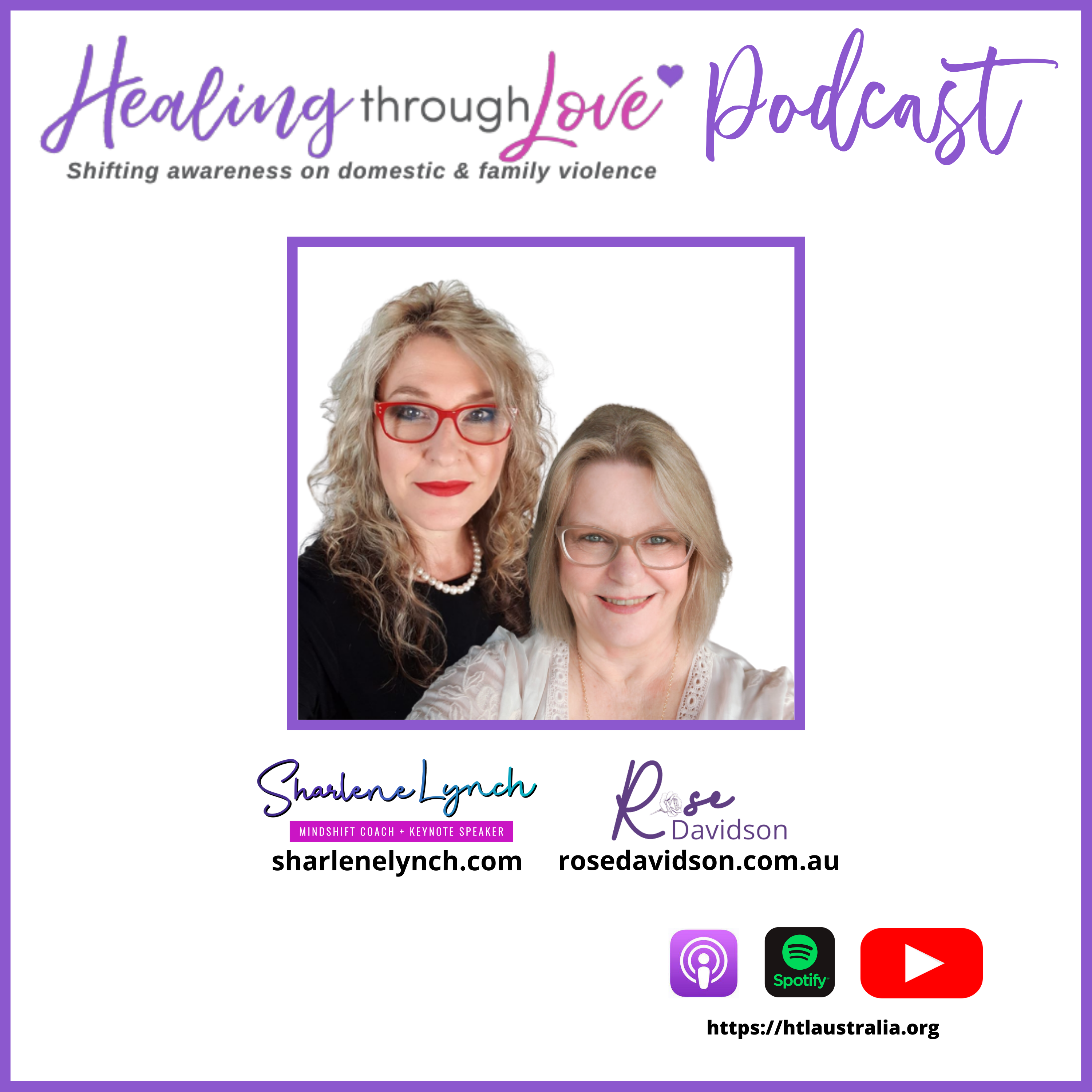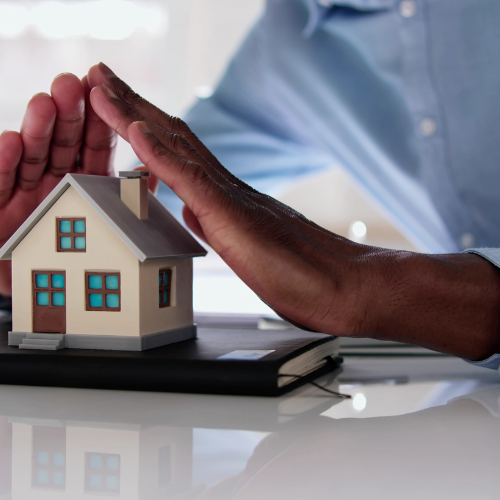For abuse victims, feeling safe and supported is critical to their healing journey. Survivors of domestic violence, sexual assault, and emotional abuse often find themselves isolated and vulnerable, left to navigate the emotional and psychological consequences of their trauma on their own. Building supportive communities and creating safe spaces for abuse victims can be life-changing, providing the foundation for recovery, empowerment, and long-term well-being.
This article explores the concept of safe spaces, the importance of building supportive communities for abuse victims, and the steps individuals, organizations, and society can take to foster environments where survivors feel protected, respected, and empowered to heal.
The Concept of Safe Spaces
A “safe space” is more than just a physical environment—it’s a supportive, non-judgmental environment where individuals can express themselves, share their experiences, and seek help without fear of harm, discrimination, or rejection. For abuse victims, safe spaces are essential for processing trauma, rebuilding trust, and finding the emotional and psychological support they need.
Characteristics of Safe Spaces
- Non-Judgmental Atmosphere: A safe space offers an environment where abuse victims are not judged for their experiences, actions, or decisions. Survivors should feel free to express their emotions and share their stories without fear of being criticized or blamed.
- Emotional and Physical Safety: In safe spaces, survivors are physically protected from harm and emotionally safeguarded from re-traumatization. Boundaries are respected, and confidentiality is prioritized.
- Supportive Listening: Safe spaces offer survivors the opportunity to be heard. Active, empathetic listening is key, allowing survivors to share their experiences and feelings without interruption, advice, or unsolicited opinions.
- Empowerment and Autonomy: A core element of a safe space is promoting survivor autonomy. Survivors are encouraged to make their own decisions about their healing journey, free from pressure or coercion.
- Resources and Guidance: Safe spaces should provide access to resources, such as counselling, legal aid, and community services, to help survivors take steps toward recovery and safety.
Why Safe Spaces Matter for Abuse Victims

Creating safe spaces is crucial because abuse victims often face significant barriers when it comes to seeking help and support. These barriers can include fear of retaliation from the abuser, social stigma, feelings of shame or guilt, or a lack of access to resources.
Safe spaces can help break down these barriers by offering victims:
– A Refuge from Danger: Many abuse victims are constantly on edge, fearing that their abuser will find and harm them. Safe spaces offer a physical sanctuary where they can escape the threat of further abuse.
– An Opportunity to Heal: In a safe and supportive environment, survivors can begin to process their trauma and take the first steps toward emotional healing.
– Connection with Others: Isolation is common for abuse victims. Safe spaces provide opportunities for survivors to connect with others who understand their experiences, which can reduce feelings of loneliness and help them build a support network.
– Tools for Rebuilding: Safe spaces offer access to information, counselling, and community resources that empower survivors to regain control of their lives and rebuild their futures.
Building Supportive Communities for Abuse Victims

Communities play a pivotal role in supporting abuse victims. A strong, supportive community can provide the social, emotional, and practical support that survivors need to recover and thrive. Building such communities requires collective effort, but the impact can be transformative for survivors.
1. Community Awareness and Education
Awareness and education are key to creating a community that supports abuse victims. When community members understand the dynamics of abuse and recognize the signs, they are better equipped to offer help, challenge harmful norms, and provide safe spaces for survivors.
Raising Awareness
– Public Campaigns: Launch public awareness campaigns that educate the community about domestic violence, emotional abuse, sexual assault, and other forms of abuse. These campaigns can take the form of social media initiatives, public service announcements, and community events.
– Educational Programs: Implement educational programs in schools, workplaces, and community centres that teach people how to recognize the signs of abuse, how to respond appropriately, and where to find resources. Early education about healthy relationships and boundaries can prevent abuse from occurring in the first place.
Challenging Stigma
– Address Victim-Blaming: Work to combat victim-blaming attitudes within the community. Victim-blaming reinforces shame and guilt for survivors and discourages them from seeking help. Community members should be encouraged to support survivors without judgment and challenge those who perpetuate harmful stereotypes about abuse victims.
– Promote Empathy: Building empathy within the community is essential. Teach individuals how to offer compassionate support and validate the experiences of abuse survivors.
2. Community Support Systems
Creating a network of support within the community is essential for providing ongoing help to abuse victims. This network should include a variety of services and individuals who can assist survivors in different aspects of their healing journey.
Supportive Individuals
– Friends and Family: Encourage friends and family members to be a source of unconditional support for abuse victims. Loved ones should focus on listening, validating the survivor’s feelings, and offering practical help, such as finding safe housing or accompanying them to appointments.
– Survivor Support Groups: Establish support groups where survivors can meet others who have been through similar experiences. These groups provide emotional support, foster connection, and empower survivors by showing them they are not alone.
Community Resources
– Hotlines and Helplines: Ensure that abuse victims have access to 24/7 hotlines where they can receive immediate help and guidance. Trained professionals should be available to offer emotional support and connect survivors with local services.
– Counselling Services: Counselling is a critical resource for abuse victims. Make sure the community has access to qualified counsellors and therapists who specialize in trauma and domestic violence recovery. Offer free or low-cost services to remove financial barriers for survivors.
– Legal Assistance: Survivors often need legal support to secure protection orders, navigate custody issues, and pursue justice against their abusers. Providing access to pro bono or affordable legal services is essential in creating a supportive community.
3. Safe Housing and Shelter Programs
For many abuse victims, the biggest obstacle to leaving an abusive relationship is finding a safe place to stay. Communities must prioritize the development of safe housing and shelter programs for survivors of abuse.
Emergency Shelters
– 24/7 Access: Emergency shelters for abuse victims should be open and accessible 24 hours a day, seven days a week. These shelters provide a critical lifeline for survivors who need immediate safety.
– Comprehensive Services: In addition to safe housing, emergency shelters should offer services such as counselling, legal aid, and job training to help survivors rebuild their lives.
Transitional Housing
– Long-Term Solutions: Many survivors need more than temporary shelter. Transitional housing programs offer longer-term support, providing survivors with stable housing while they work to regain financial independence and emotional stability.
– Affordable Housing Initiatives: Communities should also advocate for affordable housing options for abuse victims. Subsidized housing programs and rental assistance can help survivors establish a permanent home, free from the influence of their abuser.
4. Fostering Empathy and Community Accountability
Communities must foster a culture of empathy and accountability, where every individual is encouraged to look out for abuse victims and intervene when necessary. This can be done through:
Bystander Intervention Programs
– Training and Education: Bystander intervention programs teach individuals how to recognize signs of abuse and safely intervene. Training community members to step in when they see someone at risk can prevent further harm and provide critical support to abuse victims.
– Community Action Teams: Create teams of trained volunteers or professionals who can respond to reports of abuse, help, and ensure that survivors have access to necessary resources.
Community Advocacy
– Advocating for Policy Change: Communities can advocate for policies that protect abuse victims and ensure their safety. This may include lobbying for stricter domestic violence laws, increasing funding for shelters, and implementing workplace protections for survivors.
– Holding Abusers Accountable: In addition to supporting survivors, communities must also hold abusers accountable for their actions. This means advocating for legal consequences, challenging harmful behaviour, and refusing to tolerate abuse within the community.
5. Building an Inclusive Support Network
A truly supportive community must be inclusive, recognizing the diverse experiences of abuse victims. This includes understanding that survivors come from different cultural, racial, socioeconomic, and gender backgrounds and may face unique challenges.
Addressing Intersectionality
– Cultural Competency: Ensure that services and programs are culturally competent, addressing the specific needs and experiences of marginalized groups. This includes offering language assistance, providing culturally relevant support, and addressing the unique barriers faced by LGBTQ+ survivors, people of colour, and immigrants.
– Tailored Support: Recognize that abuse impacts different groups in different ways. Tailor programs and resources to meet the specific needs of various populations, ensuring that everyone has access to the support they need.
Building Trust in Marginalized Communities
– Outreach Efforts: Proactively engage with marginalized communities to build trust and raise awareness about available resources. This includes working with community leaders, religious institutions, and cultural organizations to create safe spaces for abuse victims.
– Addressing Systemic Barriers: Acknowledge and address the systemic barriers that prevent marginalized groups from accessing support. This may include advocating for changes in law enforcement practices, ensuring non-discriminatory healthcare, and providing equitable access to legal aid.

Creating safe spaces and building supportive communities for abuse victims is not only an act of compassion but also a crucial part of the journey to healing and recovery. By providing environments where survivors feel physically and emotionally safe, empowering them with resources, and fostering a culture of empathy and accountability, we can help victims of abuse regain their sense of control and autonomy.
Communities have the power to break the cycle of violence by raising awareness, offering support, and standing up for those who have been silenced by abuse. Together, we can create a world where every survivor is seen, heard, and supported on their path to healing.
At Healing Through Love, we are dedicated to building safe, inclusive spaces for abuse victims. Through community support, advocacy, and empowerment, we believe that survivors can overcome their trauma and reclaim their lives with dignity and strength.
By fostering compassionate, supportive environments, we can all play a part in the healing journey of abuse victims, creating a society where no one has to face violence or its aftermath alone.

🌟 Join Our Movement! 🌟 Discover the Healing Through Love Podcast, where each episode is a journey of empowerment and transformation. 💫
Are you ready to be inspired by stories of resilience and courage? Do you seek to understand more about healing from domestic and family violence? This is your invitation to be part of a community that supports and uplifts. 🌈
🎧 Subscribe to our podcast, follow us for the latest episodes, and be the change you wish to see in the world. Your path to healing and empowerment starts here. Let’s grow stronger together. 🌷


